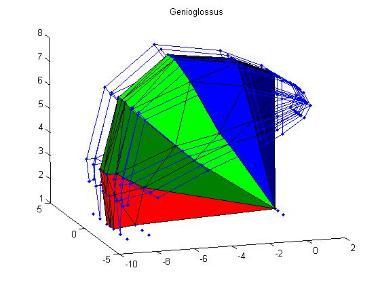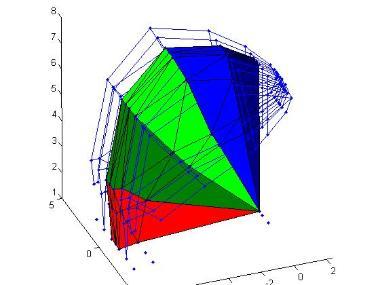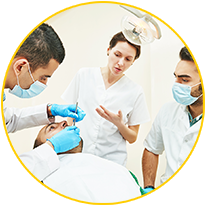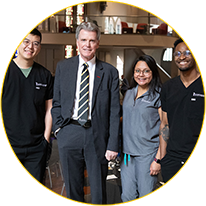contact
Yulvonnda Brown
Office Manager
F 410-706-0865
Modeling the Tongue
The Visual Tract Vocalization Laboratory explores two models of the tongue: Representational and Predictive Modeling.
1. Representational Model
Principal Strains
 Blue = compression; Red = expansion |
At any location in the tongue, there are two orthogonal directions of primary stretch. Principal Strains show the amount of stretch in those two directions.
- The lower lip expands outward (red).
- The tongue tip compresses horizontally at midline, obliquely at sides.
- Hyoglossus compresssion appears at right.
Predictive Model I
3D Finite Element Model of the tongue containing five muscles: genioglossus, transversus, verticalis, superior longitudinalis, inferior longitudinalis. Five segments of genioglossus are highlighted.

Undeformed

Front Raising
3. Predictive Model II

3D Finite Element Model of the tongue designed for Restore Medical Inc, Minneapolis, in conjuction with Reiner Wilhelms-Tricarico, Paul Buscemi, Mark Carlson, for the purpose of modeling sleep apnea. The model contains a jaw, hyoid and tongue with 3 extrinsic and 4 intrinsic tongue muscles (not palatoglossus); and three jaw/hyoid muscles (mylohyoid, geniohyoid, digastric).







